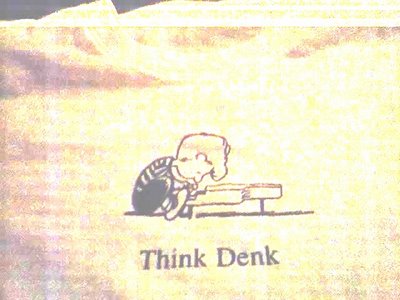Pat he comes, like the catastrophe of the old comedy. My cue is villainous melancholy, with a sigh like Tom o'Bedlam. -- O, these eclipses do portend these divisions. Fa, sol, la, mi.
A helpful note in the Arden edition reads:
Fa ... mi Edmund sings, as if unaware of Edgar's approach, in order the fourth, fifth, sixth and third notes of the scale of C major, a discordant motto, Hunter suggests, appropriate to the character of Edmund: 'He thus moves across the interval of the augmented fourth, called diabolus in musica (the devil in music).'
Now, without really doing any hard research except a Googling, it seems this footnote must be wrong, and I am so very eager to ascribe it to a general cluelessness about music prevalent among some theatre people... I smell a rat discussing "C major" per se in the 1604 environs ... and F, G, A, E, does not outline a tritone; there are even no tritones within it. Before I burn my Arden edition in a fit of rage, are there any Shakespearians out there who can clarify this mystery? Pretty pretty please?
Also, to add to my last post about Bach and Lear, the following wonderful quote:
instead of one unitary passage of time, then, there are many temporal dimensions leading us back into Bach's fugal workshop, in which musical thinking and the relations between musical ideas and God-given principles of harmony exist in a tension with the ultimate order in which the results nominally appear.
And lastly, a dear friend has sent me the very first Think Denk T-shirt:

Many thanks.

8 comments:
How adorable, I've always loved Schroeder!
That t shirt is perfect.
http://www.medieval.org/emfaq/harmony/hex2.html
and http://www.ars-nova.com/Theory%20Q&A/#7 where you can find this: "The Mi and Fa don't refer to the third and fourth notes of a modern major scale (as in Do, Re, Mi, Fa), either: the reference goes back to medieval use of overlapping hexachords (six note scales) as an organizing principle for the gamut of tones that make up music. The Mi of any particular hexachord forms a tritone with the Fa of the next following hexachord. "
And also see http://www.vanderbilt.edu/~cyrus/ORB/orbgloss.htm#hexachord
So Arden doesn't have it quite right, but I don't know if it requires the Farenheit 451 treatment.
“Una nota super la semper est canendum fa.”
One note above la is always sung fa, allowing for smooth mutation between hexachords. If you really want Edmund to sing a tritone, he could do it by moving from the natural to hard hexachords: F-fa, G-sol, A-la, B-mi(fa). Then again, musica ficta implies that the mi/fa pitch should be sung flat, even if not notated, providing a half-step above la to avoid the tritone (F-G-A-Bb). And one of the basic rules of mutation is that mi and fa always bracket a half-step, so maybe Edmund was just humming a catchy advert jingle…
-K, not a Shakespearian, but remembers her Guidonian hand
I would buy a Think Denk t-shirt. The Schroeder image must be under copyright laws though, which would keep you from using it on merchandise. Maybe someone could come up with different t-shirt or coffee cup possibilites for fans of the blog.
Certainly someone could come up with a caricature of Jeremy playing the piano a la Schroeder: then the image is 'parody' and not in any legal violation, right?
Yeah, that would be great 'cause he's a thinking piano man.
light bulb over his head while playing the piano; think denk?
I would love to buy that....
As a music theorist who's studied this period, it IS actually a tritone, though not in the (modern) way it's construed here. People arguing from a Guidonian, continental perspective are also a bit misled. In England, the hexachord syllables were in use, but in a different way: each note in a "scale" had only one syllable that could be attached to it (though the vice versa is not always true). And ut and re were generally or often replaced with fa and sol. Thus any half step is Mi-fa. So a C scale would be: fa sol mi fa sol la mi (fa...). So our fa sol la mi could be, say, F-G-A-B.
Post a Comment